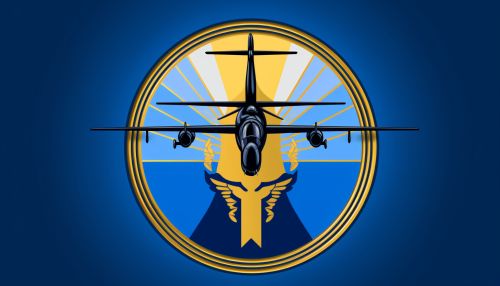Air Combat Command
Overview
The U.S. Air Force's Air Combat Command (ACC) is a major command whose primary mission is to provide combat-ready forces for deterrence and air combat operations. It is the primary provider of air combat forces for the U.S. Department of Defense, responsible for organizing, training, equipping, and maintaining combat-ready forces for rapid deployment and employment while ensuring strategic air defense forces are ready to meet the challenges of peacetime air sovereignty and wartime defense.


History
The Air Combat Command was activated on 1 June 1992, as part of a larger restructuring plan implemented by the U.S. Air Force. The ACC was created by merging the Tactical Air Command (TAC) and Strategic Air Command (SAC), two of the Air Force's major commands that had been in operation since the late 1940s. The merger was intended to bring all fighter forces under one command, to promote efficiency and effectiveness in the use of air power.
Organization
The ACC is organized into a headquarters, two numbered air forces, and multiple wings, groups, and squadrons. The headquarters, located at Langley AFB, Virginia, provides command and control for all ACC forces. The 1st Air Force, based at Tyndall AFB, Florida, and the 12th Air Force, based at Davis-Monthan AFB, Arizona, provide operational leadership for ACC forces. The ACC's wings, groups, and squadrons are spread throughout the United States and overseas, providing a wide range of air combat capabilities.
Roles and Responsibilities
The ACC's primary roles and responsibilities include providing combat airpower to America's warfighting commands, defending the United States through control and exploitation of air and space, and providing combat-ready forces for close air support, air interdiction, air superiority, aerospace surveillance and reconnaissance, and electronic warfare. In addition, the ACC is responsible for managing all aspects of air combat operations, including planning, coordinating, and executing missions.
Aircraft
The ACC operates a diverse range of aircraft, including fighters, bombers, reconnaissance aircraft, electronic warfare aircraft, and command and control aircraft. These include the F-15, F-16, F-22, F-35, B-1, B-2, B-52, RC-135, EC-130, and E-3, among others.
Future
The ACC continues to evolve to meet the changing security environment and the challenges of the 21st century. The command is focused on modernizing its aircraft fleet, enhancing its capabilities through the integration of new technologies, and improving its readiness to meet the demands of a rapidly changing world.
